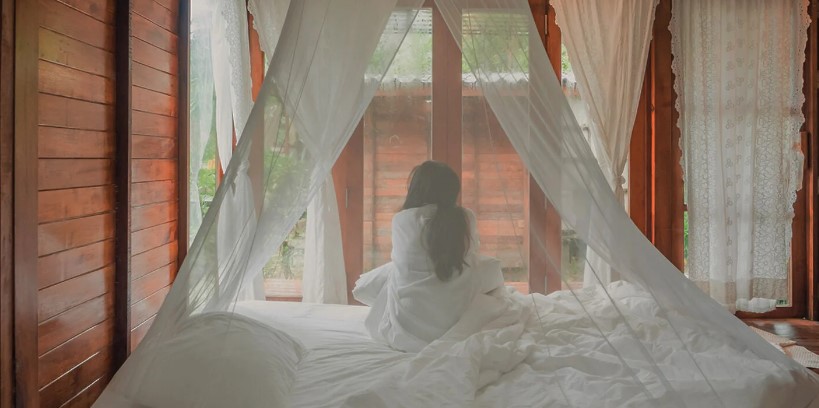Is there a secret to longevity? This health expert says 1,000% yes
In the era of social media, post-COVID, and with mental health at the forefront, a shift is taking […]

The Pan American Health Organisation (PAHO) has alerted its member states about a potential instance of Oropouche virus (OROV) transmission from mother to child in Brazil using epidemiological means. Increased monitoring is recommended in other nations where OROV circulation is known as a result of this alert.
As a member of the Peribunyaviridae family, the OROV virus is mainly spread by insect bites, particularly from midges and Culex mosquitoes. The virus was first discovered in Trinidad and Tobago in 1955, and since then, it has periodically caused outbreaks in several American countries, including Brazil, Ecuador, French Guiana, Panama, and Peru. There has been an increase in OROV instances in the area recently.
Almost 7,700 confirmed cases of Oropouche were reported in five American nations between January and mid-July 2024, with Brazil accounting for the bulk (6,976 cases). Suspected mother-to-child (vertical transmission) instances have surfaced during this rise. In one case, in the thirty-first week of her pregnancy, a pregnant woman in Pernambuco, Brazil, showed signs of OROV, according to the report by PAHO. Her infection was verified by laboratory testing, and a tragic foetal death ensued. Similar symptoms were seen in another probable instance in the same state, which resulted in a miscarriage.
The PAHO advisory stresses that one must remain vigilant regarding potential vertical transmission and its aftermath. In an effort to improve knowledge of this transmission channel and its ramifications, the organisation asks Member States to keep an eye out for incidents of this nature. In particular, with regard to possible mother-to-child transmission, congenital deformities, or foetal mortality, PAHO released guidelines on July 17, 2024, to assist nations in detecting and monitoring OROV. In order to exchange expertise and knowledge, PAHO is closely working with the impacted nations.
A rapid fever, headache, stiff joints, and body aches are some of the symptoms of the Orophouche virus. In rare instances, photophobia, nausea, and prolonged vomiting are also experienced. In severe cases, aseptic meningitis may occur, and recovery may take several weeks.
The World Health Organisation advises vector preventive and control methods to manage Oropouche. Enhancing entomological surveillance, lowering mosquito populations, and advising the public—especially expectant mothers—on preventive measures are a few of them. employing insect repellents, dressing in protective gear, placing mosquito nets around resting places, and employing fine-mesh mosquito nets are important preventative methods.
In addition, PAHO has given afflicted nations technical assistance by dispersing molecular testing reagents and early detection techniques, which are already available in 23 countries. The goal of this extensive endeavour is to improve the ability to successfully identify and validate OROV situations.

In the era of social media, post-COVID, and with mental health at the forefront, a shift is taking […]

With its fast speeds and revolutionary potential, 5G stands out as a noteworthy milestone in the field of […]